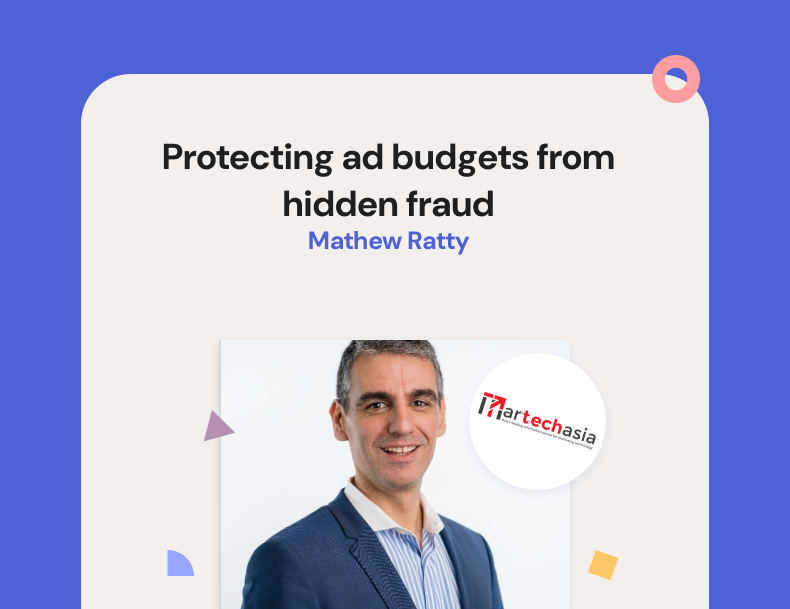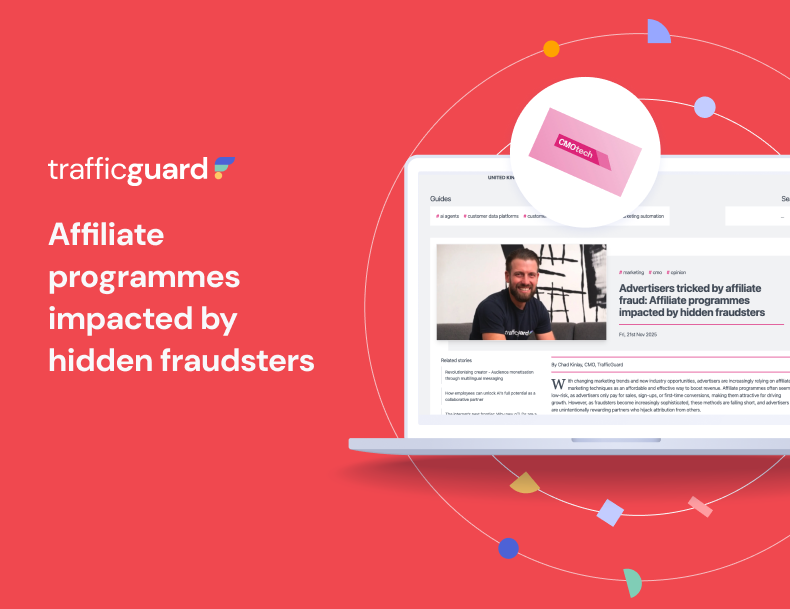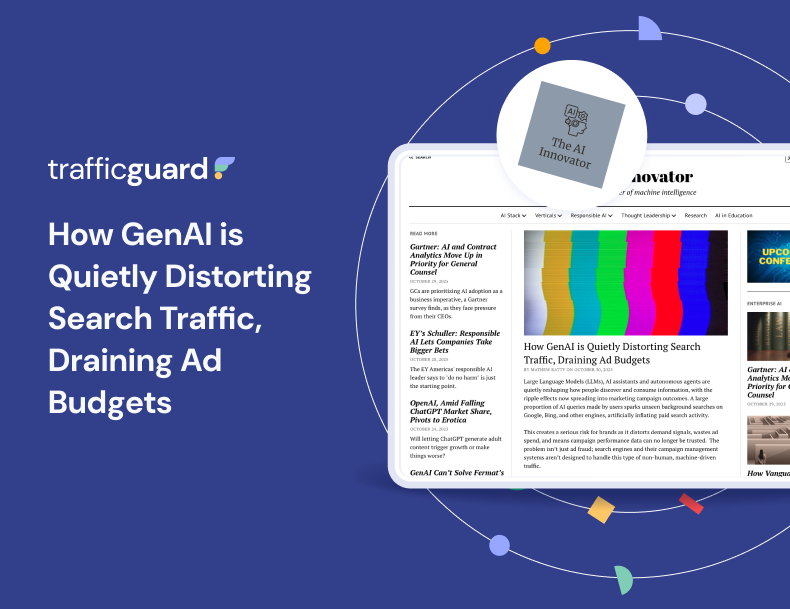It’s Time To Stop Blaming Ad Networks For Ad Fraud

This article was written by TrafficGuard Founder and Chief Operating Officer, Luke Taylor, for Disruptor Daily.
With ad fraud expected to cost businesses in North America $100 million a day by 2023, it is no wonder that advertisers are starting to take action. For many advertisers that means working with only premium traffic sources or implementing fraud prevention to safely access non-premium sources for greater reach. For some, it means taking legal action against parties in the supply chain for invalid traffic supplied years earlier. The legal path, currently being pursued by Uber, is one which brings to light the shortcomings of the industry as well as progress made in the years since the alleged fraudulent traffic was purchased.
If not the first, Uber is probably the biggest advertiser to be taking a legal stand against ad fraud. Its most recent filing concerns fraud in $70 million of inventory purchased over the ~2 years leading up to March 2017. The defendants are six advertising networks that were engaged through Uber’s media agency, Fetch, and also extends further to include up to 100 unnamed media suppliers to those ad networks.
The ad campaigns in question date back to 2015-16 when the digital advertising landscape was very different. At that time, the attitude towards fraud and the technology available to combat it was very different than it is today. While the industry likes to point the finger at ad networks as being the main culprits, there were, and remain, many factors limiting their ability to fight fraud – especially back in 2016.
Accurate fraud prevention was difficult at the scale of ad networks and agencies
Most fraud prevention tools are built for advertisers. Ad networks and agencies require specific integration methods that are often unavailable without significant engineering commitments.
In addition to integration challenges, pricing models are commonly geared towards much lower volumes of traffic and only small economies of scale. With exponentially higher volumes of traffic, most solutions available in 2016 were too expensive for ad networks and agencies that, unlike advertisers, earn a tight and seldom increasing margin.
Even today there are not many fraud prevention solutions available that can handle the scale of an ad network or agency in an economically feasible way. Increasing cost bases eat into margins while advertisers are trying to squeeze the price down at the same time.
Ad networks and agencies do make money from undetected fraud, knowingly or unknowingly
Some ad networks are aware of fraud and turn a blind eye because without fraud they wouldn’t meet the volume, cost and speed demands of their clients. Some networks not only ignore fraud but introduce it by using low quality, low-cost traffic sources for the same reasons noted above. To introduce fraud prevention, especially in a time when it would be unexpected for an ad network to do so, would mean they would be sacrificing revenue and, in most cases, destroying their chances of meeting campaign objectives. When campaign budgets go underutilized, they don’t get renewed so for many ad networks and agencies, the consequence of fraud prevention would be actually losing clients.
An unaccountable culture
There was and is no norm as to which party in the supply chain is responsible for fraud mitigation, so before the initial Uber v Fetch case, a lot of businesses didn’t recognize it as a problem that they needed to be solving. There was a culture of acceptance around fraud. Rather than mitigating it, that level of risk was accounted for in other ways like driving down prices of traffic, or through “scrubbing” which meant there was a proportion of traffic that routinely didn’t get paid for. These mechanisms were widely adopted by advertisers, agencies and ad networks to account for lower quality traffic.
Misaligned goals and unrealistic KPIs of advertisers
This is tied closely to the 2nd and 3rd points. The performance of User Acquisition Managers is often judged on the number of sales or downloads generated. And likewise, apps positioning for funding often want to boost their download numbers. When your job and commission depend on hitting a download target, you fill it. By setting unrealistic targets, businesses often incentivize their growth and user acquisition teams to supplement their traffic volumes with lower quality traffic or squeeze cost-per-install below the reasonable cost for a legitimate user.
Uber’s high-profile legal action has been pivotal to the discussion about the risks of fraud and in trying to define whose responsibility it is. I don’t think the industry has landed on a definitive answer to that question but it is safe to say that no one wants to be on either side of these disputes. As a result, ad networks have started taking steps to protect their traffic insulating themselves from legal risk. Advertisers are realizing that fraud prevention is actually a tool for growth, not just cost recovery and are stepping up their own efforts.
Everyone in the chain has played a role and ad networks aren’t solely to blame. But importantly, now the market is correcting based on individual business decisions to make traffic quality a priority and these individual efforts benefit the ecosystem as a whole.
Get started - it's free
You can set up a TrafficGuard account in minutes, so we’ll be protecting your campaigns before you can say ‘sky-high ROI’.
At TrafficGuard, we’re committed to providing full visibility, real-time protection, and control over every click before it costs you. Our team of experts leads the way in ad fraud prevention, offering in-depth insights and innovative solutions to ensure your advertising spend delivers genuine value. We’re dedicated to helping you optimise ad performance, safeguard your ROI, and navigate the complexities of the digital advertising landscape.
Subscribe
Subscribe now to get all the latest news and insights on digital advertising, machine learning and ad fraud.







